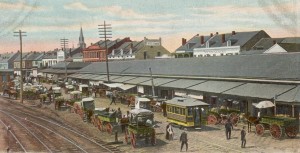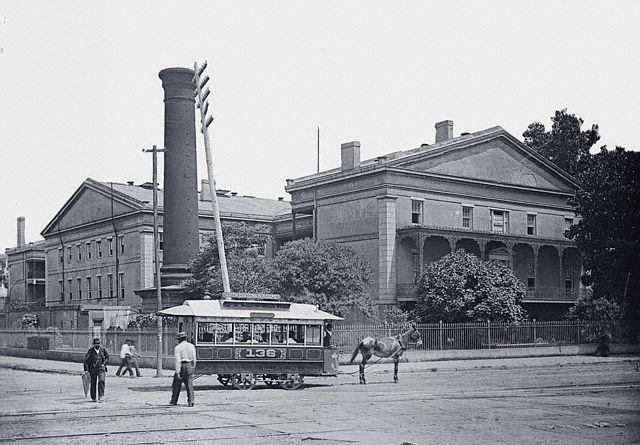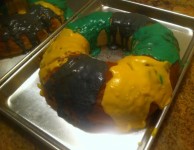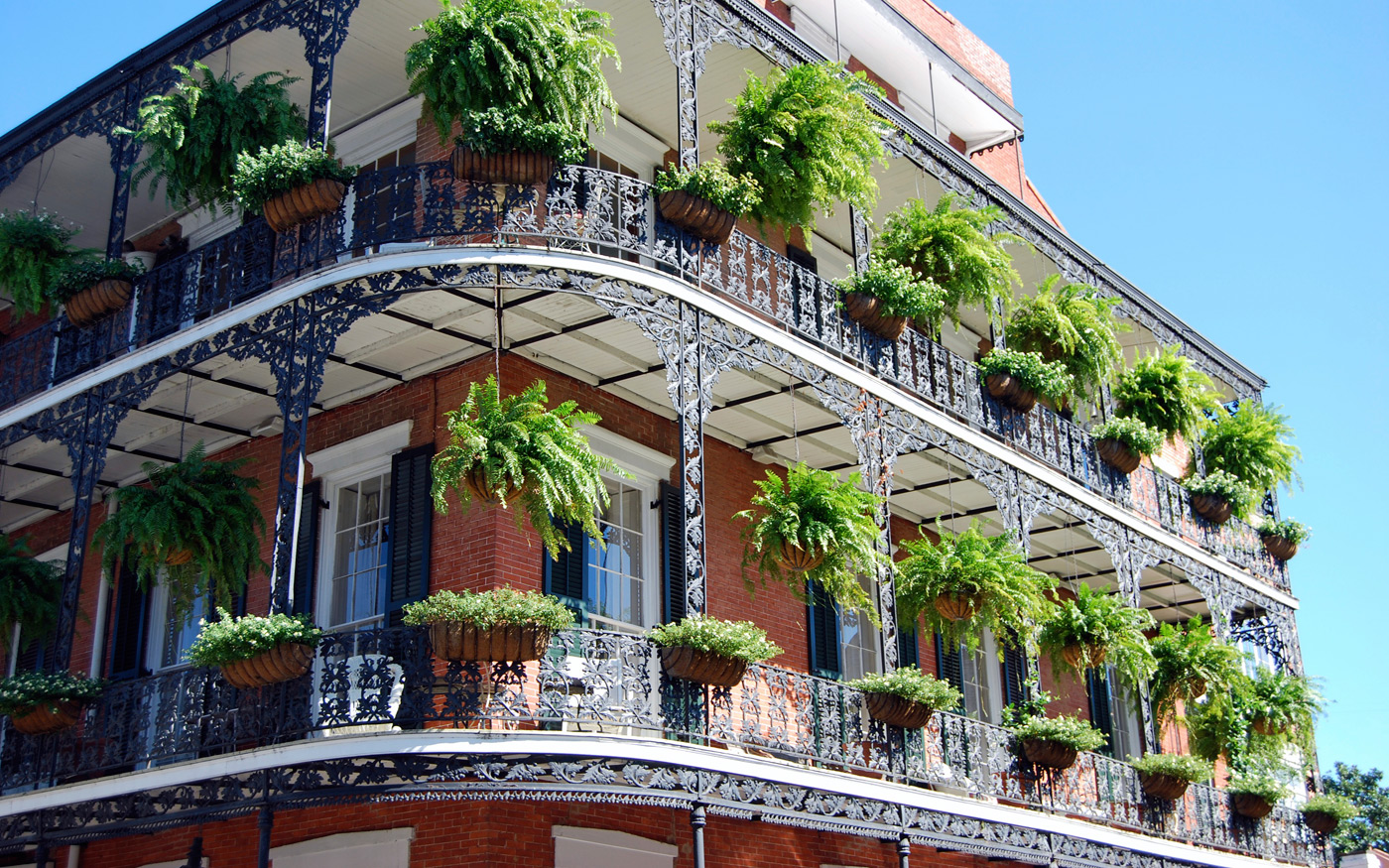New Orleans Invented the Cocktail, Poker, Jazz and Plenty More
Mary Reporting. New Orleans claims many firsts, including the invention of craps and poker, the mixing and naming of the cocktail, and the rise of the new music called jazz. None of these is surprising given the city’s disparate cultures, international visitors and boundless creativity.
Here are some other New Orleans firsts:
First Catholic School The Ursuline nuns, a French religious order, arrived in New Orleans in August 1727. They established a convent on Chartres Street in the French Quarter and founded a school for girls. Ursuline Academy is the longest-operating school for women in the country, interrupted only once in nearly 300 years, for four months following Hurricane Katrina in 2005. The school is now on State Street in uptown New Orleans.
First Open Air Market The French Market opened in New Orleans in the 1790s. In addition to fresh meat—including alligator—seafood, vegetables, and bread, the goods filling the stalls under the colonnaded roof came from the world’s far corners. Shoppers bought furs from Northern trappers, bananas from South America, cheeses from Europe, and crafts from local native Americans. French Quarter residents still shop for produce here amid tourists picking up souvenir cookbooks and hot sauce.
First Streetcars in America A streetcar ran along Bowery Street in New York City in 1832, but New Orleans claims the oldest continuously operating streetcar line in the world. The St. Charles Avenue Line began operating in 1835 to transport riders from Canal and Baronne streets to a suburb called Carrollton. Powered by steam locomotives, the streetcars were noisy and dirty. As Uptown developed, residents complained, so horses and mules replaced steam engines. In 1893 electricity began to provide power. Dark green un-air-conditioned cars with dark wooden seats and bare ceiling bulbs are still in use on St. Charles Avenue today.
First Opera House The French Creoles loved music, particularly opera. The first opera house in America was built in New Orleans in 1859, more than 20 years before the Metropolitan Opera Association was founded in New York. The Greek Revival building, on the corner of Toulouse and Bourbon Streets, held 1,600 people in four tiers of seats. New Orleans was “the opera capital of North America” in the 18th and 19th centuries. The building burned in 1919.
First Apartment Buildings Baroness Micaela Pontalba, a New Orleans native, married a French baron and lived in Paris for a time. When he tried to kill her for her fortune, she returned to the city and set about creating a Parisian-style square at the Place d’Armes, later Jackson Square. In 1850, she constructed two red-brick, four-story buildings on either side of the parade ground at a cost of $302,000. Each Pontalba building contained 16 apartments on the upper floors with street- level shops below. A perfectionist, the baroness donned men’s pants and climbed ladders to inspect the workmanship herself. The apartments have been rented continuously for more than 160 years. The waiting list is long.
First Seersucker Suit New Orleans gentlemen wear seersucker suits in summer because the all-cotton fabric always looks cool even in scorching heat and high humidity. The British came upon the fabric in India and made clothes of it to wear in their warm colonies, but it was a New Orleanian who first thought to make a man’s suit from the fabric. Joseph Haspel stitched up a seersucker suit at Haspel Brothers Clothing one hot day in 1927. Hollywood stars, President Franklin Roosevelt and Eastern prep schoolers adopted the look. To this day, Haspel still produces these suits.






